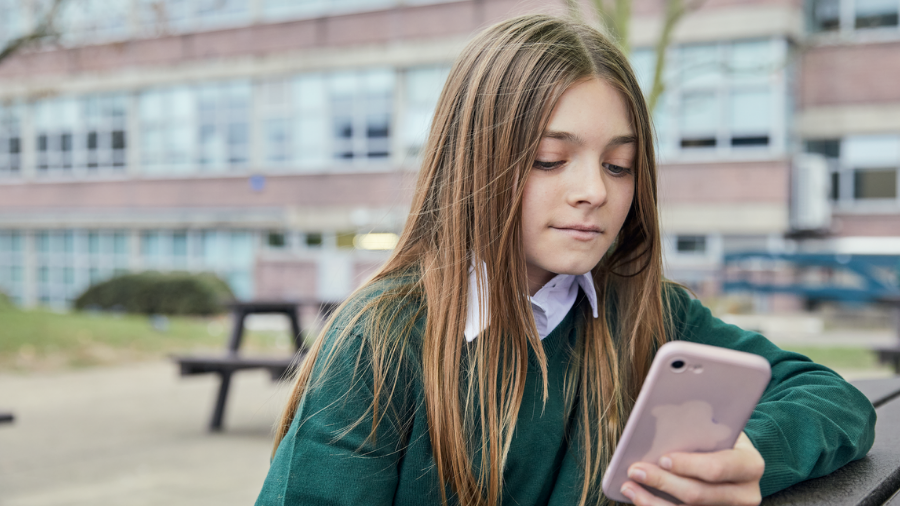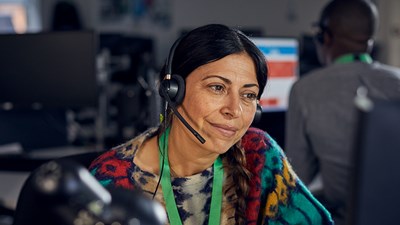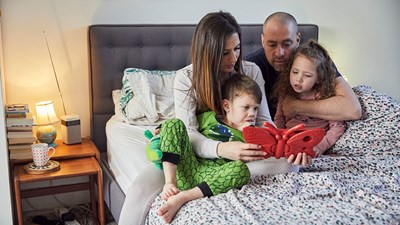
The videos, images, news, and comments we see online play a huge role in shaping our experience online. For young people, it can help them develop a greater understanding of themselves and form their views and opinions of the world. But there are risks involved in having unlimited access to so much content.
Social media and video-sharing apps like TikTok have become the basis for creating and sharing different types of content. But in the last few years, tech companies have started to use an algorithmic-based approach to showing users content. This makes it difficult to manage what your child sees online, putting them at greater risk of being exposed to inappropriate content that might cause them harm.
Being aware of how different platforms show users content will help you understand some of the risks your child might face.
How do platforms decide what content we see?
Many social media and video-sharing platforms use algorithms to show us content based on our interests and things we’ve previously interacted with. For example, if you’ve previously watched or commented on videos of cats, the algorithm might choose to show you other types of animal videos.
It also might show you content that's popular on the app.
When you first start using a platform, they might show you different videos relating to different topics to see how you interact with them. This helps them decide what to show you in the future.
Most platforms have some sort of discovery page where users can browse and explore new content.
What is an algorithm?
An algorithm in its simplest form is a set of instructions that leads to a product. For example, a food recipe could be described as an offline algorithm as you work through each step to make the final dish. Online algorithms work in the same way.
Platforms can put together different sources of information that generate a result depending on an action someone has taken. For example, when you search for something on Google, you receive a set of results specifically designed for you. These might be based on your previous searches and personal information, like your location.
Are all algorithms the same?
No, platforms use millions of different algorithms. This means that no one’s feed is the same.
Why do platforms use algorithms?
Online platforms use algorithms to encourage users to keep using the platform. Previously, platforms used to show us content from just our friends and followers chronologically. This meant there was a limit to what we could see on feeds. Using algorithms means that every time we go on social media there is a continuous stream of new content that we haven’t seen before.


